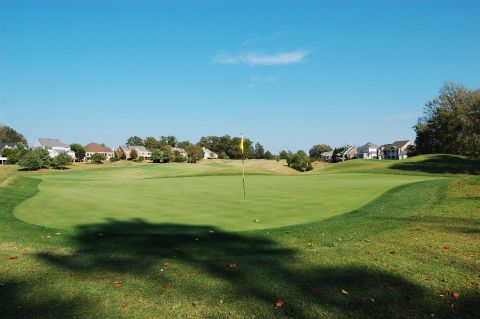Local Market Monitor president and economist Ingo Winzer has issued his latest forecast for the economy and the housing market. Note that Mr. Winzer, who has analyzed real estate markets for more than 20 years, predicted in 2005 the potential for a housing crisis. His latest thoughts are below, followed by our own, less scientific comments.
“Home construction rarely matches the actual demand for new homes, which can change quickly - there's often too much or too little. Because the US population grows one percent per year, about 1.5 million new homes are needed every year. During the boom of the mid-2000s, two million homes were built per year; at the bottom of the bust, that number was 600,000.
In 2012, construction was up to 800,000 homes. This is a clear indicator that demand is even higher and will continue higher for years. Home prices will be rising even when more construction takes place. The economic effect is self-reinforcing because most of the cost of building a new home is in the wages paid to the workers, who in turn can afford a better home for themselves or spend money on cars and other stuff.
It will take a while, maybe five years, before we get back to building 1.5 million homes per year. During this period the economy will grow at a moderate rate and home prices will steadily increase. After that, things probably will start to get crazy again.”
*
Mr. Winzer is speaking to the total housing market. Reports from real estate agents, as well as personal observations we made during visits to golf communities the second half of last year, lead us to believe that things
A few examples will serve to make the point that prices are rising faster in the southern U.S. In the Charlottesville, VA, market, for example, median selling prices for homes rose 8% to $260,000 in the fourth quarter of 2012 compared with the same period in 2011. Sales for the entire year were up 15% over 2011, the biggest increase in seven years. A diverse selection of Charlottesville golf homes for sale are available at Glenmore, Wintergreen Resort and Old Trail. At Savannah Lakes Village in rural McCormick, SC, the average sales price for one local agency in 2012 was up a whopping $60,000, to an average $263,000. These are not isolated examples but more like a trend, especially over the latter half of 2012.

The John LaFoy golf course at Glenmore, just outside Charlottesville, VA. Home prices in the local market increased 8% in the fourth quarter of 2012 compared with the same period in 2011.
We are broken records on the simple notion that as baby boomers restart the migration south to warmer weather, prices will increase in the most desirable markets south of the Mason-Dixon Line faster than they will in the urban north. If you have faith in the housing market and the inevitability of rising prices, you can probably count on the value of your primary home increasing at least modestly in the coming months. But, let’s say, a 3% increase in your home’s value may lag well behind the increases for the golf home you would buy in the southern U.S.
And then there is what economists refer to as “opportunity costs.” The costs of living in most southern markets are lower than in most northern markets, in some cases dramatically so. Using round numbers, if your total
If you would like to run the comparative numbers for your particular situation, contact me and let me know where you live and where you are considering moving to, and we will estimate your cost of livings savings, as well as offer a few ideas about which golf communities might match your requirements. No one can predict the future for certain, but if you share the optimism of many economists and real estate professionals, it could be time to get a move on.
Note: Local Market Monitor offers to GolfCommunityReviews readers a discount subscription for its reports on more than 300 U.S. markets. Please visit their web site and, if you decide to subscribe, include the word "golf" during checkout to receive the discount. Or contact editor Carolyn Beggs for more information.
Larry Gavrich
Founder & Editor
Home On The Course, LLC



